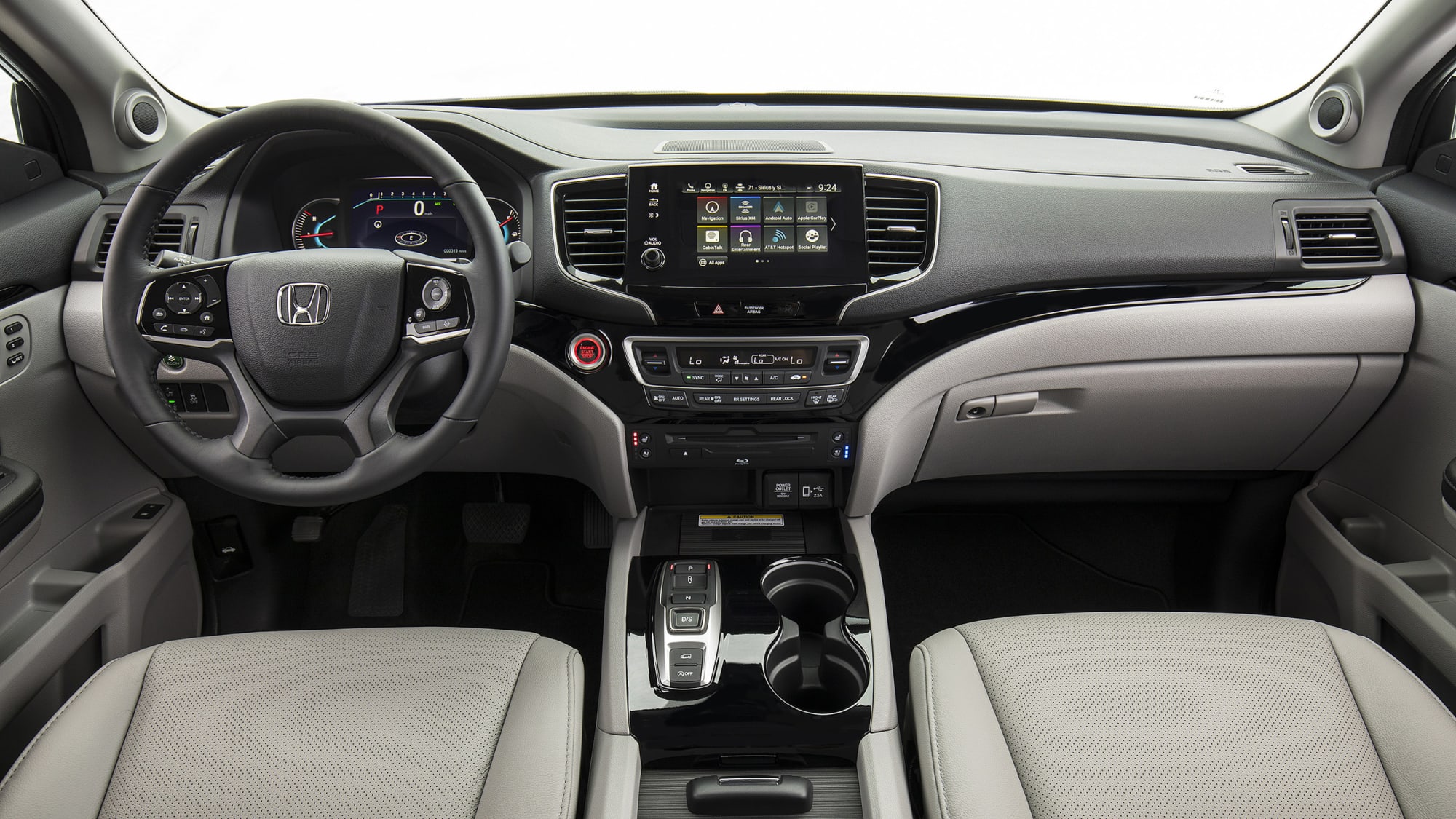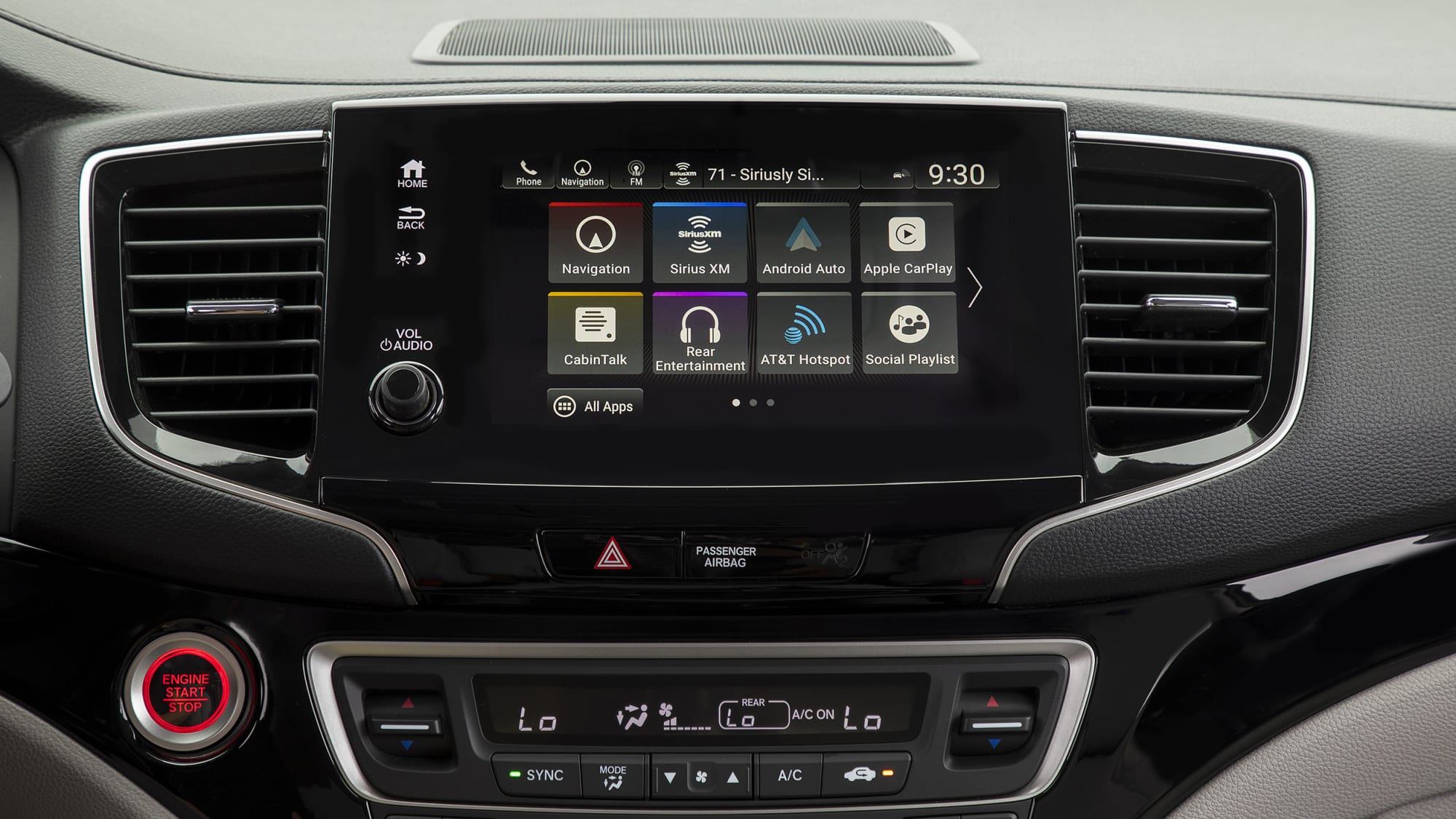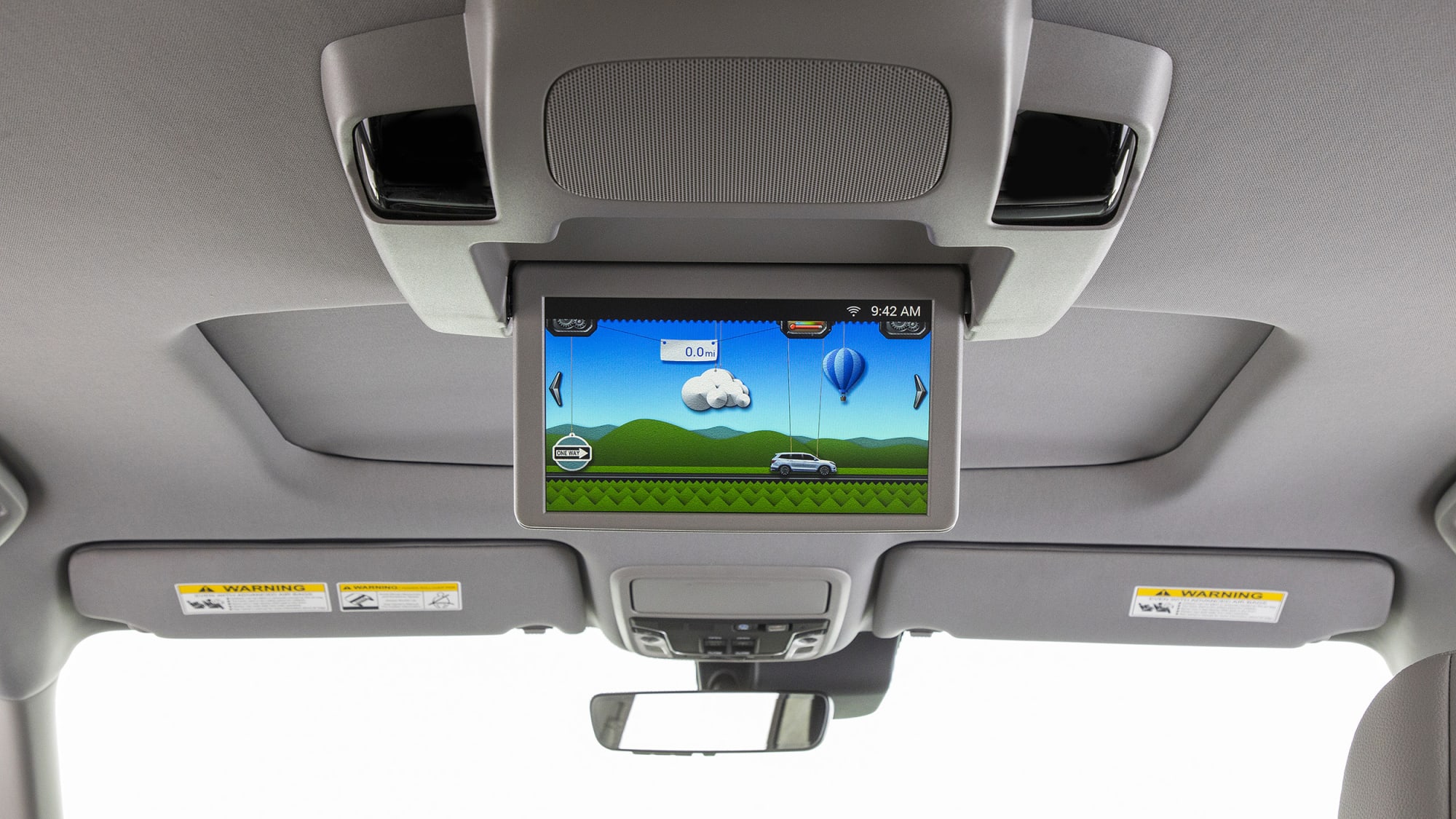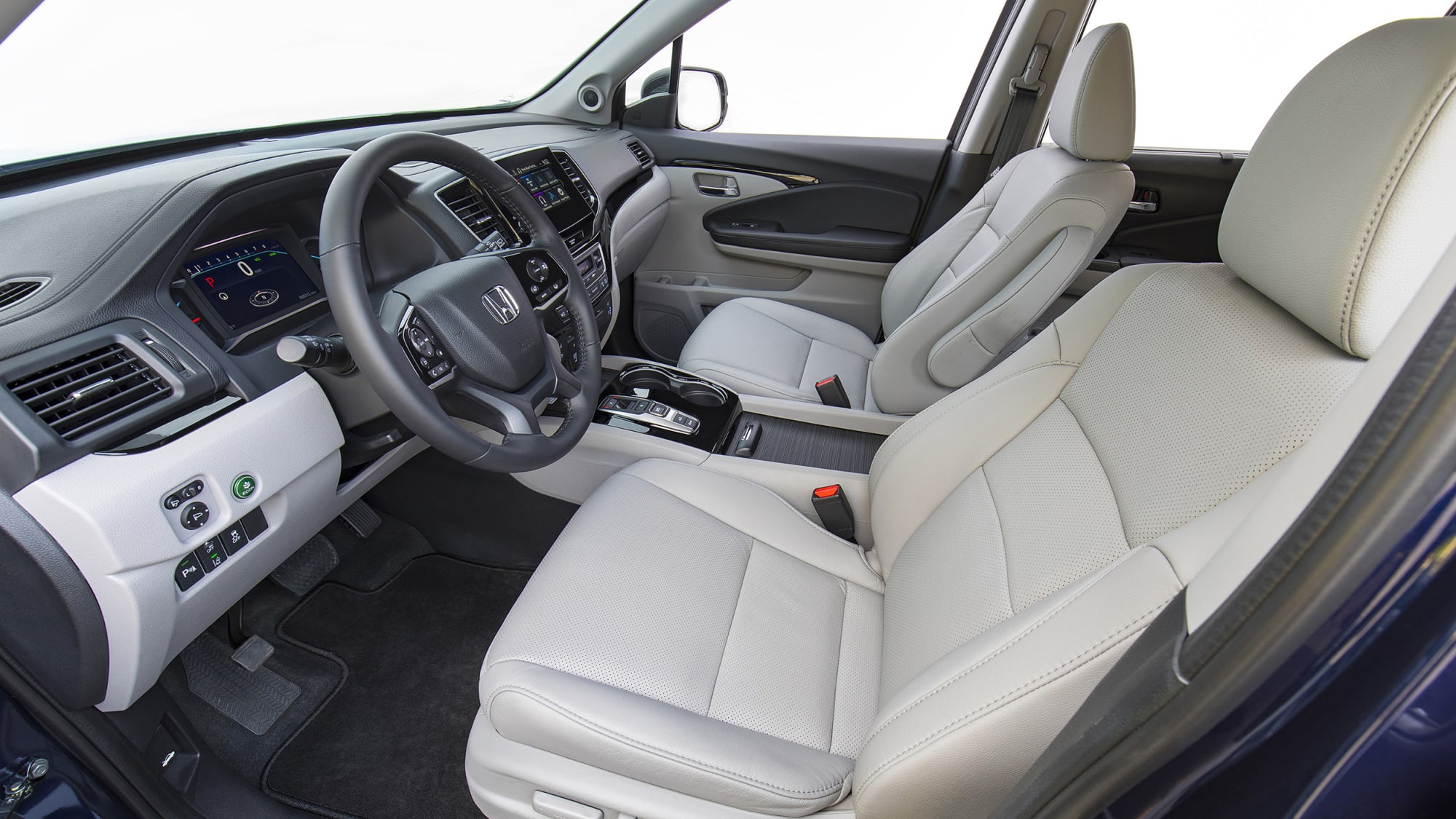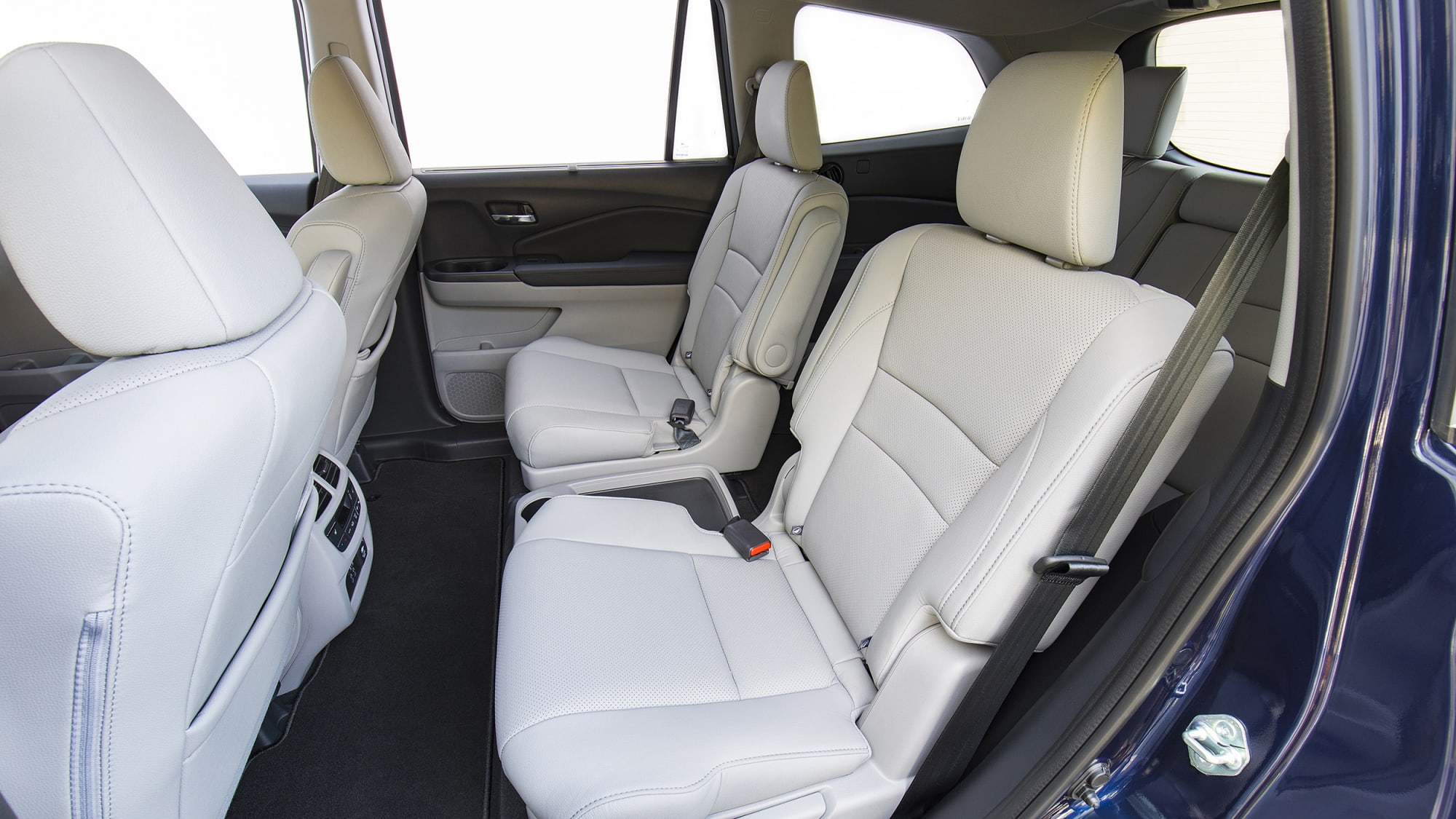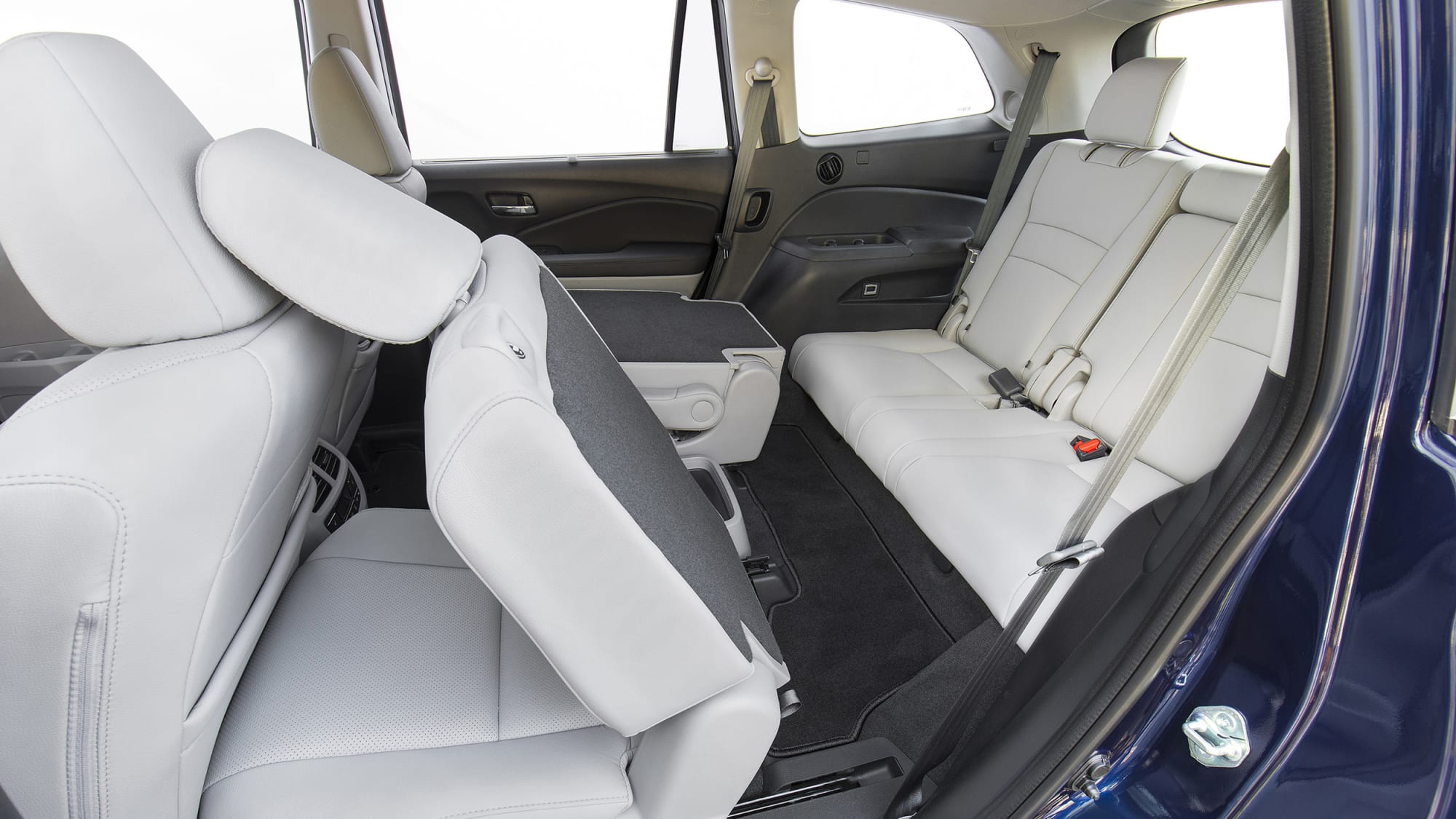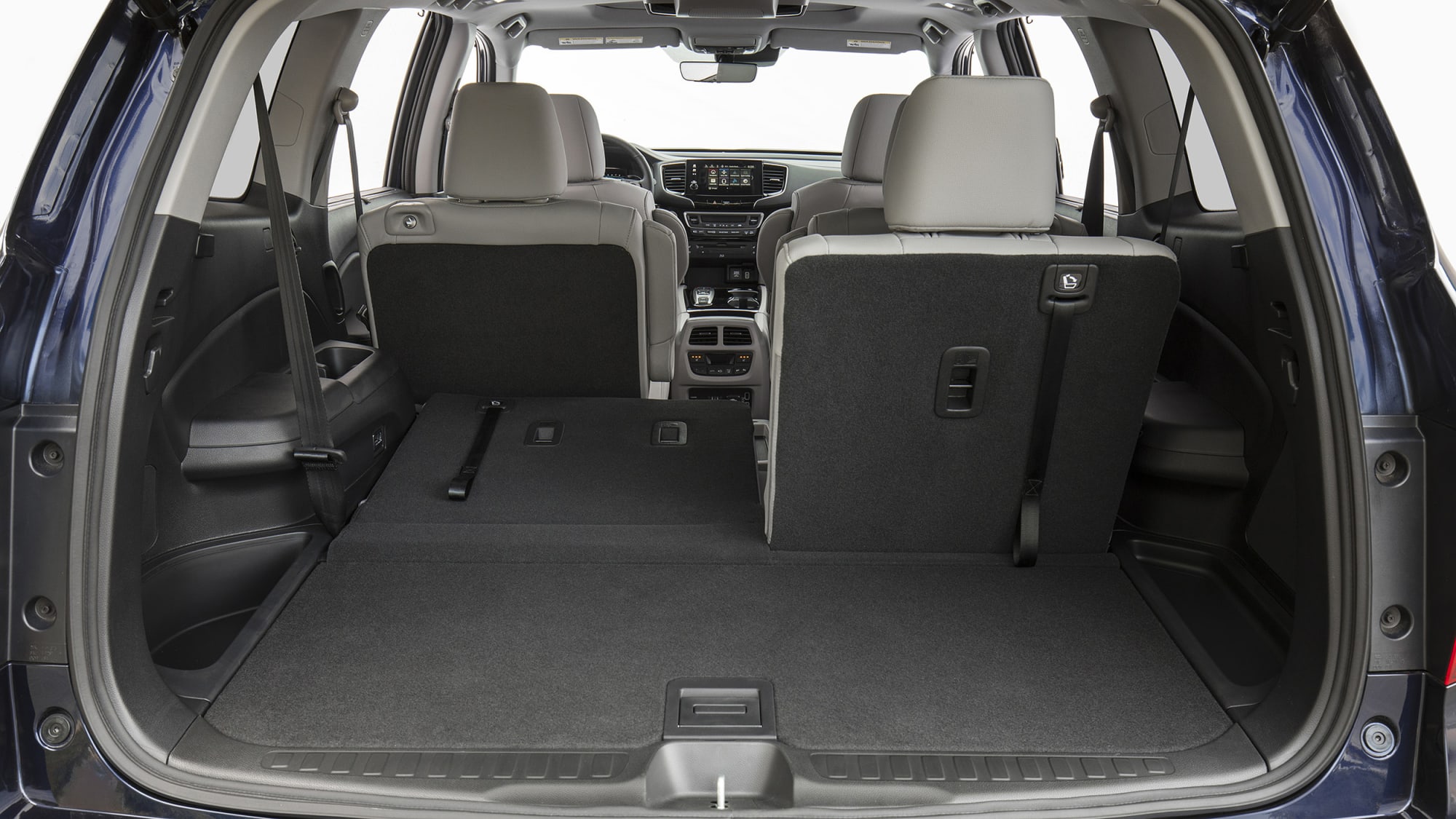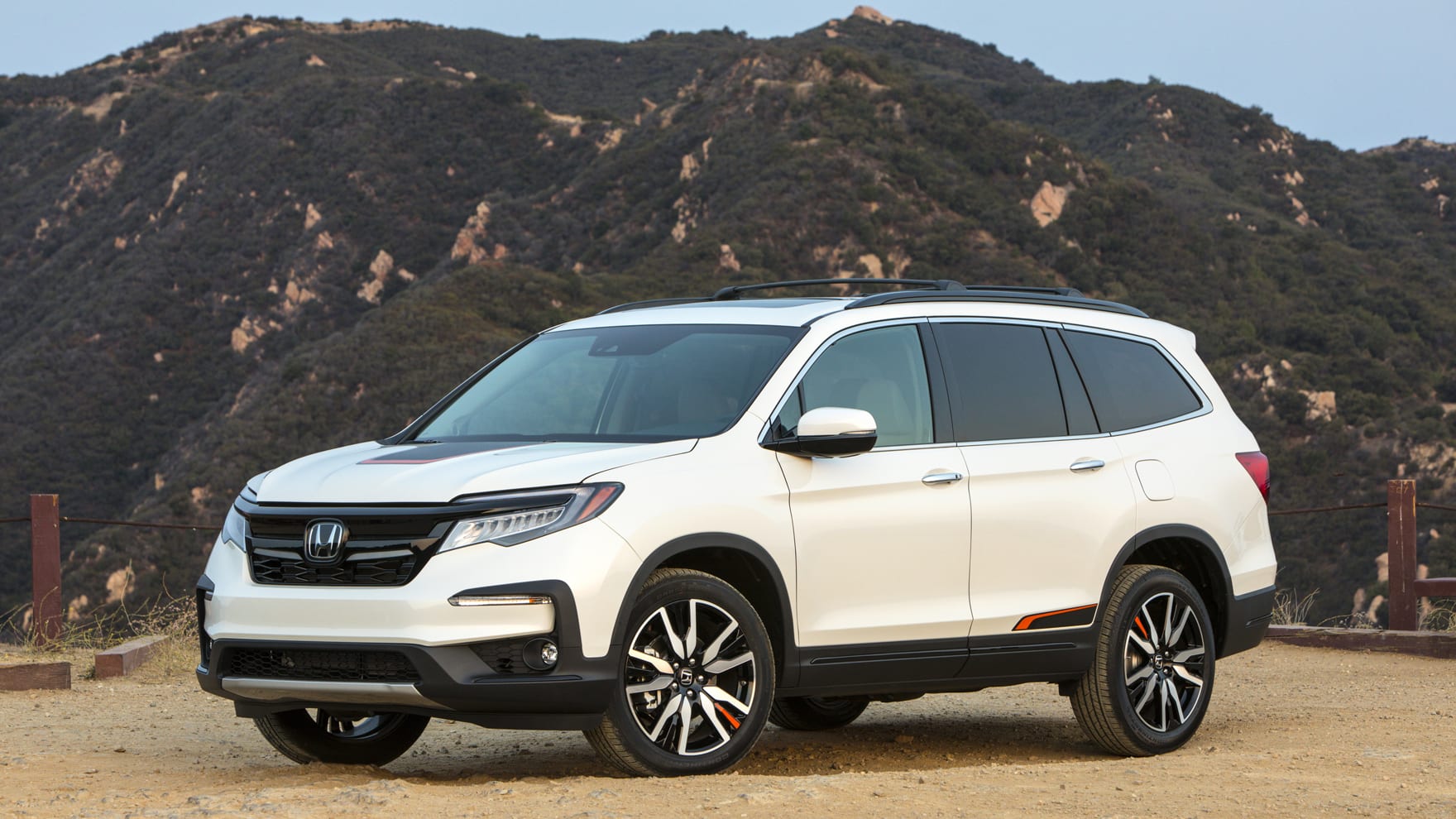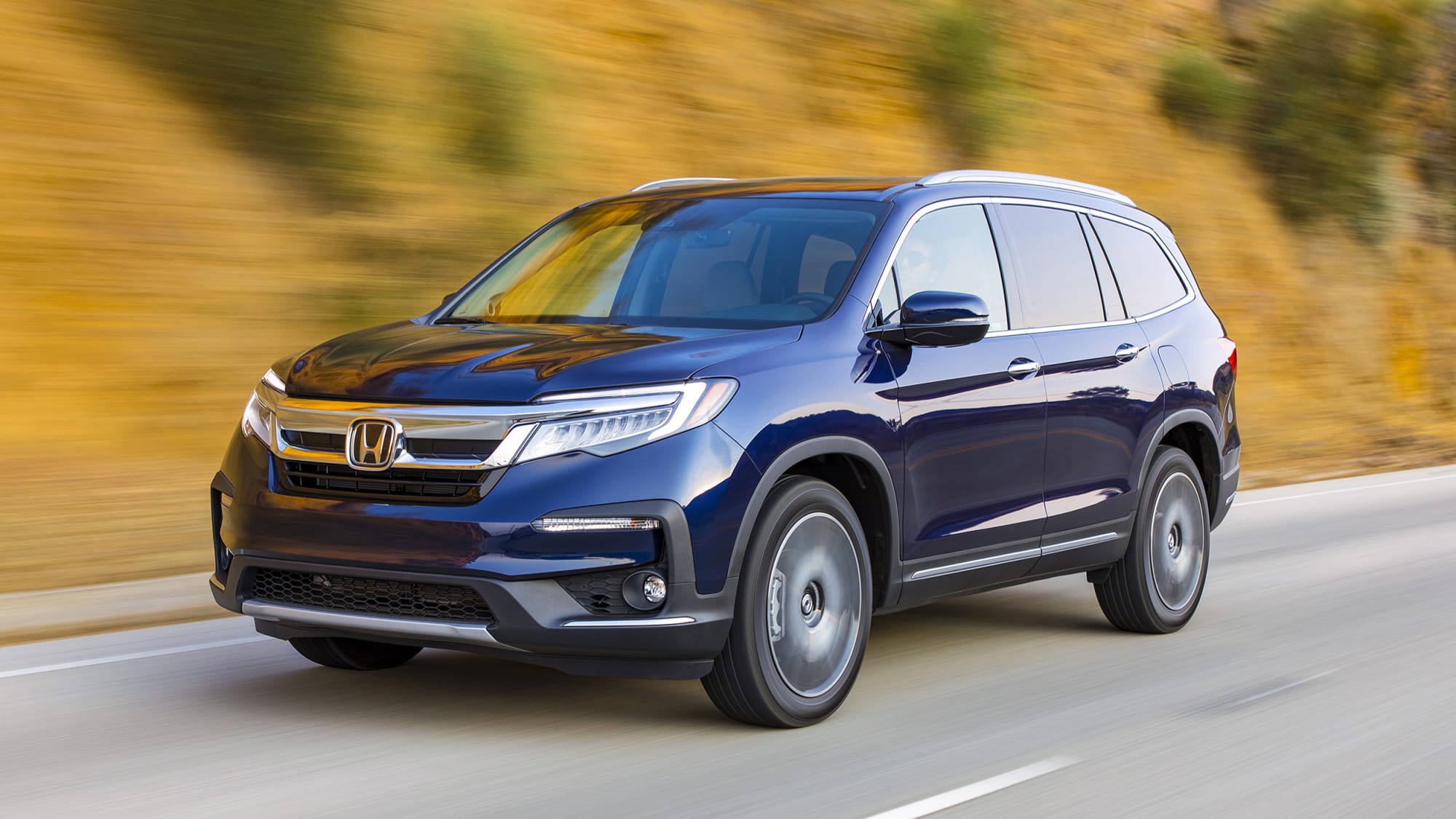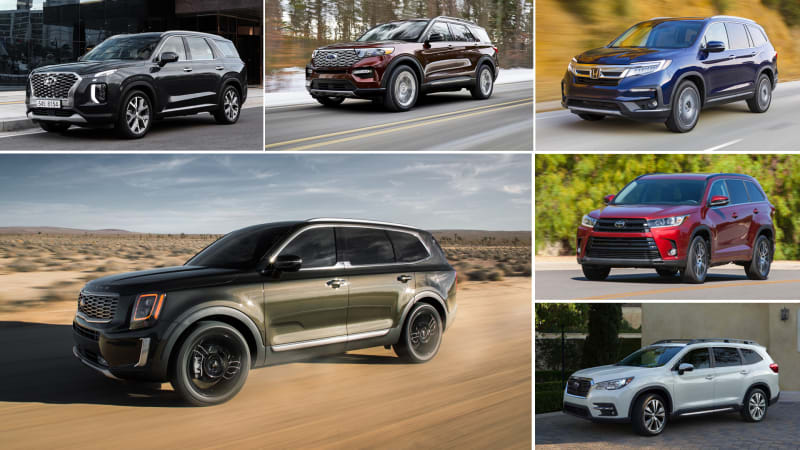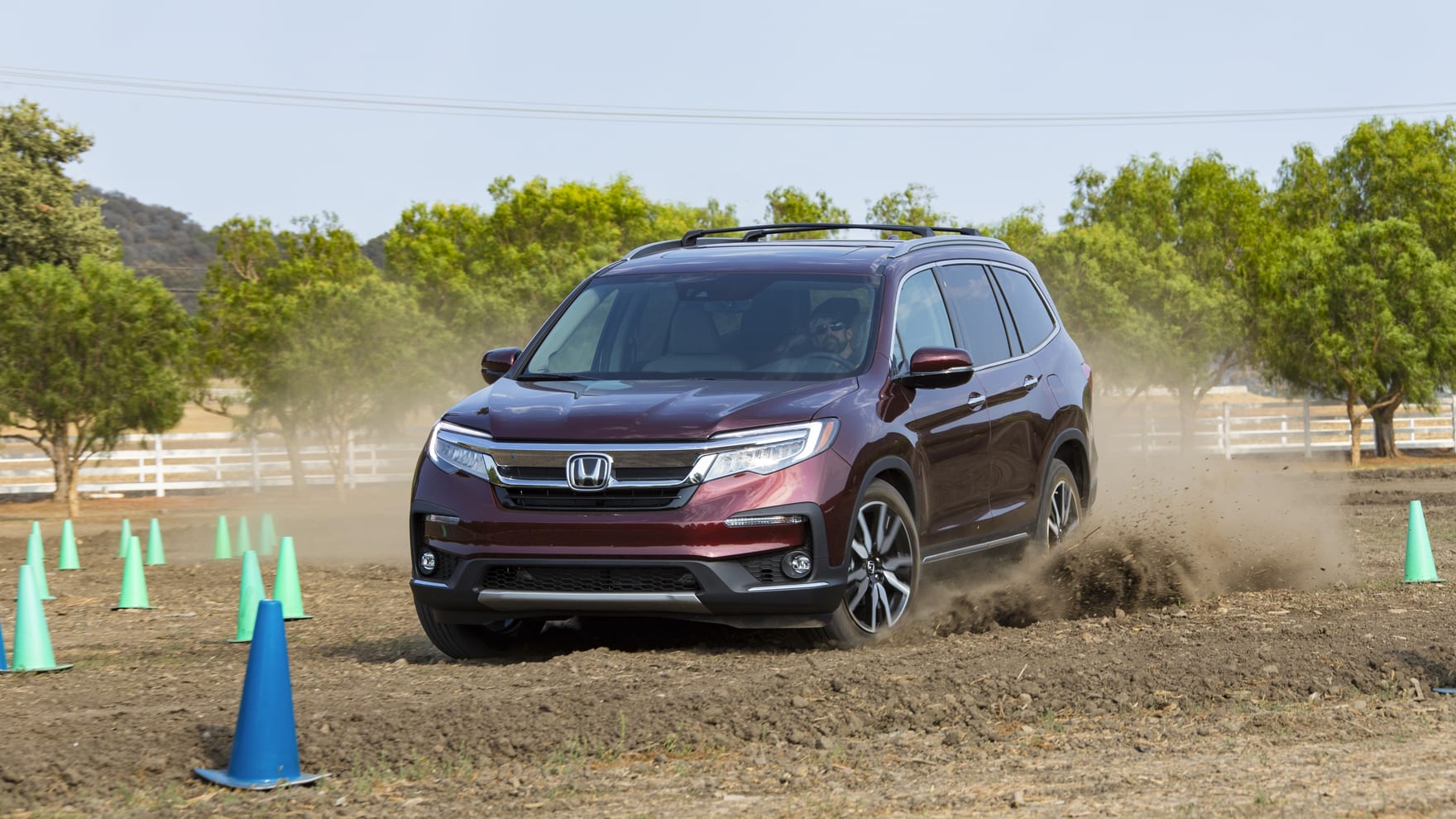Audi Repair Shop Doylestown
Call 267 279 9477 to schedule a appointment
Every three-row crossover is geared toward family use, but the
generally goes a few steps further than most. For starters, it manages to squeeze more interior space out of a smaller, more manageable exterior size. Full-sized adults and teenagers can actually fit in all three rows, while the cargo area is large, boxy and versatile. The lives of parents are also made easier thanks to thoughtful storage solutions throughout, while plenty of kid-friendly features reside in the back like USB ports, multiple cupholders and seat-back pockets for smartphones. There’s also the matter of strong safety credentials and residual values, and Honda’s reliability reputation.
In other words, buying a
would be a very sensible choice. Admittedly, however, it’s not the most exciting one. The
has garnered plenty of attention for its style and luxurious interior while being even more spacious than the Pilot. The
certainly isn’t as spacious, but its sharp handling, driver-oriented focus and sleek design should be particularly appealing to those transitioning to a big family vehicle from something smaller and sporty. The new
also boasts massive space and impressive performance figures.
So, as you’ve probably already noticed, there’s no shortage of three-row crossover choices. But because of its overt family friendliness and several smart updates for 2019, the Honda Pilot remains a must-drive for those shopping in this segment.
What’s new with Pilot for 2019?
The
Pilot receives its first significant update
since being redesigned three years ago. Although the styling changes a bit, you’ll be forgiven for not noticing. Instead, those considering the top two trim levels should appreciate the improved (though hardly perfect) nine-speed automatic transmission. The touchscreen infotainment system standard on all but the LX has also been updated with a new UI and a volume knob, but lacks the physical menu buttons and other improvements you’ll find on the
and
. The Honda Sensing suite of accident avoidance tech is also now standard on every Pilot.
Finally, it’s also worth noting that there’s basically now a two-row Pilot available: the
.
What’s the Pilot’s interior and in-car technology like?
We wouldn’t call the Pilot’s cabin the most stylish out there, but it sure is well-made and functional. There are bins everywhere up front, including a giant center bin that’s big enough to hide a purse or other valuables. Better still, its flat rolling cover provides extra storage since it doesn’t need to serve double duty as an armrest (there are minivan-style rests attached to each front seat). There are also multiple tiers of bins on the doors and in the center stack.
Technology isn’t as well executed. Yes, there are plenty of included features on everything save the more basic LX, but the touchscreen that controls them can frustrate. Adding a new UI with quicker responses and a volume knob for 2019 is welcome, but many other flaws remain: insufficient menu buttons, no tuning knob and/or direct tune function, and an excessive process for going between Honda and Apple/Android interfaces are just some of the annoyances. Many of these issues were corrected for the vastly improved system in the Accord and Odyssey, but the Pilot and
stick with an imperfect old/new hybrid. If there’s a reason to ponder something other than the Pilot, this would certainly be it.
How big is the Honda Pilot?
Honda did an exceptional job of getting the most interior space out of the Pilot as possible. While its exterior dimensions are some of the smallest in the segment, its interior is among the roomiest and most functional. Second-row space is typically generous, while the third row has enough leg- and headroom for full-size adults and teenagers to fit quite comfortably. It’s also pretty boxy back there, so you shouldn’t feel too claustrophobic in the way-back.
capacity is also quite good, though ultimately not as generous as a
,
or
. This is particularly noticeable behind the raised third row. You may be able to fit an extra bag back there in one of its rivals, but in general, the Pilot holds a ton of stuff without feeling especially huge and unwieldy behind the wheel.
What’s the Pilot’s performance and fuel economy?
Every 2019 Pilot comes with the same engine: a 3.5-liter V6 that produces 280 horsepower and 262 pound-feet of torque. Front-wheel drive is also standard on all trims but the Elite, which comes standard with the advanced torque-vectoring i-VTM4 all-wheel-drive system that’s optional on all other trims.
The LX, EX and EX-L get a six-speed automatic, which helps return 19 mpg city, 27 mpg highway and 22 mpg combined with FWD. That lowers to 18/26/21 with AWD. The Touring and Elite trims get a nine-speed automatic, which we’ve found to be less refined than the six-speed. Its
is nearly the same, too, at 20/27/23 with FWD and 19/26/22 with AWD.
What’s the Honda Pilot like to drive?
The Pilot provides a comfortable and composed ride, the handling and steering are confidence inspiring, and the smooth engine has more than enough power. Its advanced torque-vectoring all-wheel-drive system even improves road holding in addition to poor weather traction. It basically clears the bar for the segment, and apart from some unusual behavior from the available nine-speed automatic, is pretty much vice free.
That said, the Pilot is also pretty unmemorable behind the wheel. It’s almost more like a minivan in SUV clothing. Though it’s a bit more involving than a Subaru Ascent or
, it also isn’t the best choice for those hoping to maintain some driving fun from their large family vehicle. The
would be a much better choice for that, while a Kia Telluride at least steps things up in terms of visual personality.
What more can I read about the Honda Pilot?
Our editors evaluate the revised Pilot, including its ride and handling, revised technology and nine-speed automatic, and controversial hood graphics Honda has made available for 2019.
We get our first drive of the revised 2019 Honda Pilot. We tell you what’s new and updated, why Honda changed what they did, and how successful they are. We also provide more detail about the i-VTM4 all-wheel-drive system and the Pilot’s off-road capability.
We compare dimensions and engine specs of the new 2020
to the Pilot and other competitors, including the
, 2020 Hyundai Palisade, Toyota Highlander and Subaru Ascent.
What features are available and what’s the Pilot’s price?
The 2019 Pilot is available with the typical Honda lineup of trim levels: LX, EX, EX-L, Touring and Elite. All come with three rows of seats.
The base price is $32,495, including a $1,045 destination charge, for the base Pilot LX. It comes standard with 18-inch alloy wheels, adaptive cruise control, the Honda Sensing suite of accident avoidance tech (described in Safety section below), cloth upholstery, a manually adjustable driver seat, two USB ports, a seven-speaker sound system and a traditional audio face plate with buttons, knobs and a color display.
Given the abundance of added content included with the EX for $35,375, many consumers usually use it as their starting point for the Pilot. It includes automatic headlights, proximity entry and push-button start, body-colored mirrors and other trim pieces, blind-spot and rear cross-traffic warning system, three-zone automatic climate control, an eight-way power driver seat, heated front seats, an 8-inch touchscreen, Apple CarPlay, Android Auto, and HD and satellite radios. If equipped with AWD, multiple off-road traction settings are included (Snow, Sand and Mud).
From there, we provide a breakdown of
features, specs and local pricing for the other trims here on Autoblog.
Prices for each trim are below. All are for front-drive model, except the Elite, which comes standard with all-wheel drive.
- LX: $32,495
- EX: $35,375
- EX-L: $38,805
- Touring: $43,565
- Elite: $49,065
What are the Pilot’s safety equipment and crash ratings?
Honda has made its “Honda Sensing” suite of safety features standard on all trim levels for 2019. Included features are forward collision warning, automatic emergency braking, Road Departure Mitigation, and lane-departure warning and keeping. Blind-spot warning is only available on the top three trims.
We strongly support the standardization of safety equipment and applaud Honda for including as much as they do on every Pilot. That said, they aren’t the best-executed accident avoidance tech features. The lane-keeping assist and road departure mitigation are far too sensitive or prone to false alarms with loud warnings of BRAKE! in the instrument panel accompanied by beeping. This can occur when not crossing either lane line. The adaptive cruise control system is also one of the least sophisticated and potentially annoying examples on the market.
In government
, the Pilot received a five-star overall rating. It got four stars for frontal crash protection, five stars for side protection and four stars for rollover protection. The Insurance Institute for Highway Safety named the 2019 Pilot a Top Safety Pick. It got the best possible rating of “Good” in all crash test but the new small overlap front/passenger test where it got an “Acceptable” rating. It also got headlight ratings of “Good” or “Acceptable” depending on trim, while the forward collision mitigation system received the best-possible rating of “Superior” for its effectiveness in preventing or mitigating a crash.
What other three-row crossovers should I consider?
The all-new Telluride brings plenty of style, but also surpasses the Pilot’s interior space.
Think of the
as a Pilot made from
parts.
Is family life dragging you kicking and screaming away from your fun, sporty and much smaller car? Try the
.
from Autoblog http://bit.ly/2wGI5oP

